The Fisher Cat
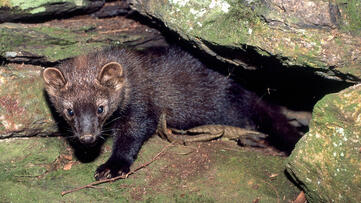
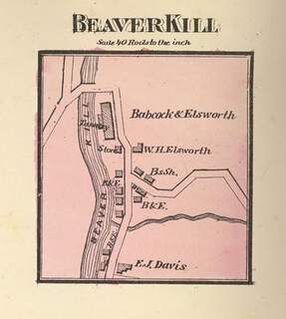
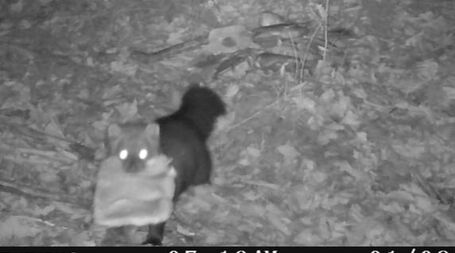 This Fisher was caught on our trail camera taking a freezer-burned piece of venison we left in the woods.
This Fisher was caught on our trail camera taking a freezer-burned piece of venison we left in the woods. 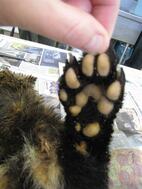
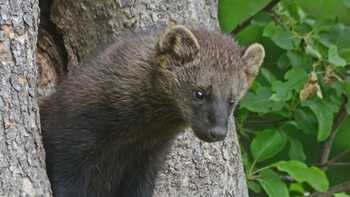
Fishers mate in early spring. The gestation period is between ten and eleven months. The female can have one to six kits. Fishers build a nest in a hollow tree and the female looks after the young after birth for five months. Then she encouraged them to move out and search for their own territory.
Although Fishers are not considered an endangered species anymore, they are under threat from loss of forest habitat due to logging and road building. Forest fires destroy the older cavity bearing trees they need for denning.
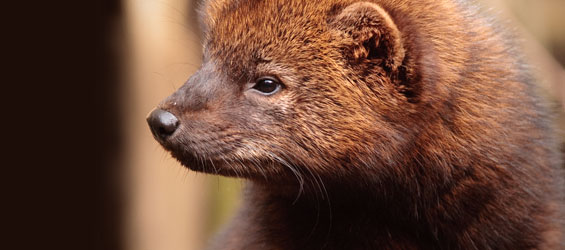
Nevertheless, I am excited that we have a new animal on our property and hope to see them once in a while.
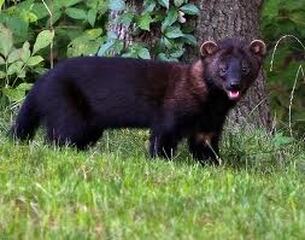
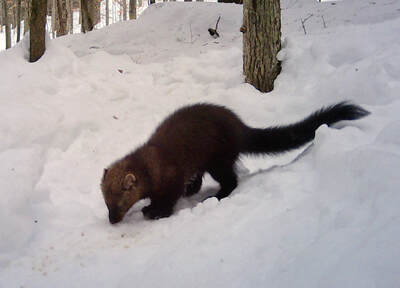
 RSS Feed
RSS Feed